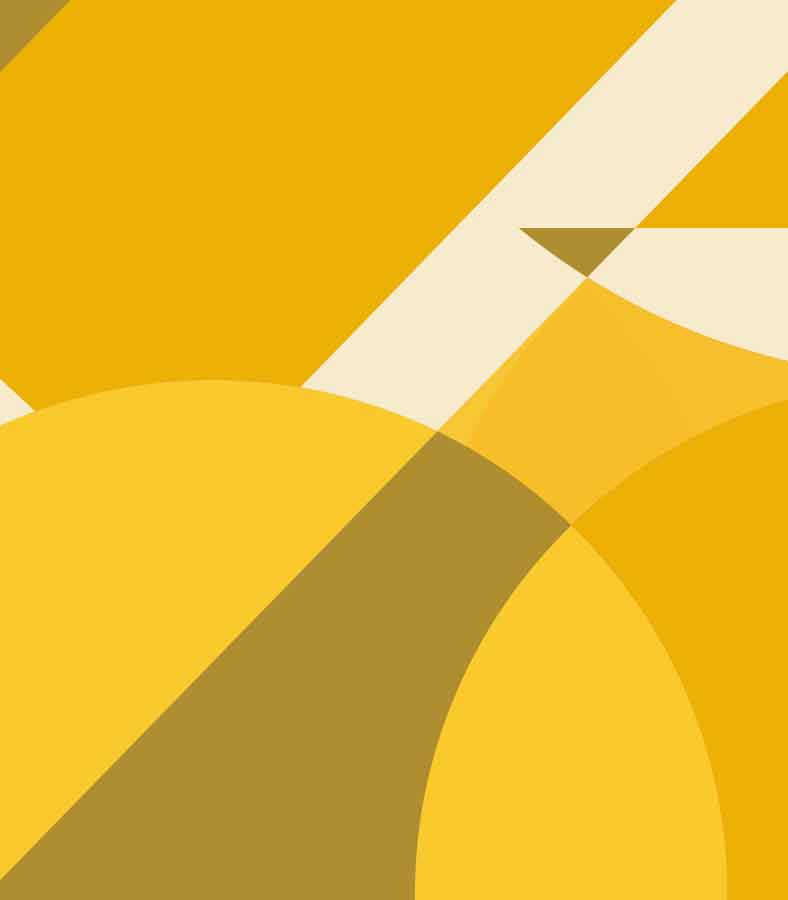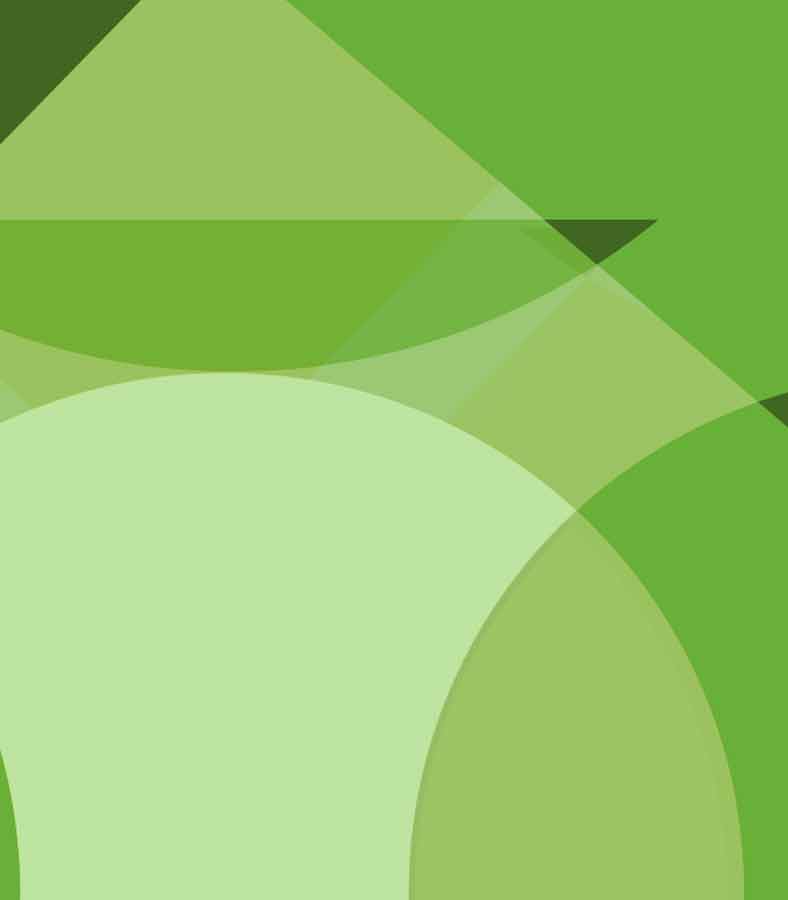We use visioning techniques in almost every workshop because they are positive ways of aligning the team, stretching the project ambition, and creating a true project purpose beyond a boring objective. Visioning helps people to understand what a successful future looks and feels like, without getting bogged down in the day to day, or being worried about how to make things happen. Once people can imagine what the future could be together, the ideas of how to make it happen come more naturally.
In our visioning tools, we ask people to describe the future in 5 years’ time, when this project has been an amazing success. People work together to design what a positive future looks like, putting all their hopes, aspirations and emotions into that vision. We encourage future visions to be ambitious, optimistic and even idealistic.
Listen to this podcast where Pam reveals all about how to supercharge workshops and teams: here
Visioning helps the team to consider the positive impact that they can have on the future and creates a powerful emotional framing for the rest of the team’s journey together.
We use 3 simple visioning exercises:
Planet Of…
Newspaper Headline
Four Futures
I will usually explain all 3 techniques to people in a workshop, and give people the choice of which they’d like to use. You can also choose the best one that fits your team or project. Make sure people work in small teams of 3-5 people on a vision.‘

This is the most creative and fun visioning tool because people to draw rather than writing words, and we all get a bit playful when we draw. Turning thoughts into pictures rather than words can be a powerful way of holding meaning and memory. Sometime people worry about whether they can draw well enough, but once they get started they always surprise themselves and enjoy it more than they expected. This technique creates an actual picture, and in countless projects we’ve done, people remember that picture more than they remember any of the other words. The picture becomes a symbolic direction that helps keep the team on track.
‘Newspaper Headline’: Create the front page of a newspaper that features your project when it is successful in 5 years.

This visioning tool feels a little safer than the “Planet Of”, and yet it can be very creative too. Because you are creating the story of your project that is worthy of being on the front page of a newspaper, it elevates the direction of the project and helps to people think of something highly impactful and more ambitious, in order to be newsworthy. Then in the process of having to describe the lead story, the supporting image and the related news gives a bit more depth and colour to the vision.
‘Four Futures’ Exercise: Imagine what would people say about this project when it is successful in 5 years.

This is a great one to use with more rational teams. Never make it a general question, always think about 4 possible angles, or 4 types of person you’d want to be saying good things. When we use it we ask what would I say to my friends and family about this project, what would my boss say about this project at the Christmas party, what would our competitors say to each other about us, and what would I overhear customers saying to each other in the supermarket (all when this project is a huge success).
Imagining the project impact from four different perspectives means you create a very well-rounded vision of what success looks and feels like. When people present these sentences back it is always very energetic, and people enjoy hearing what each person has said – you tend to find lots of similar thoughts, but some really stand out funny and clever ones too.
Great future visions have been an excellent foundation to all the successful projects we have done over the years. ‘The Hive’ is a charitable organization that was created with a Visioning Exercise. We were in a Project Bridge workshop on volunteering, and using the Planet Of technique, we created a planet with bees (people being busy) that were all pollinating different flowers (sharing information), then they said well at the center of that pollination was a hive (a centre for people and information).
The Hive is now a central resource for people in Portsmouth to share information and services, and is helping us build stronger and more connected communities in our quest to create the perfect planet of Portsmouth!

